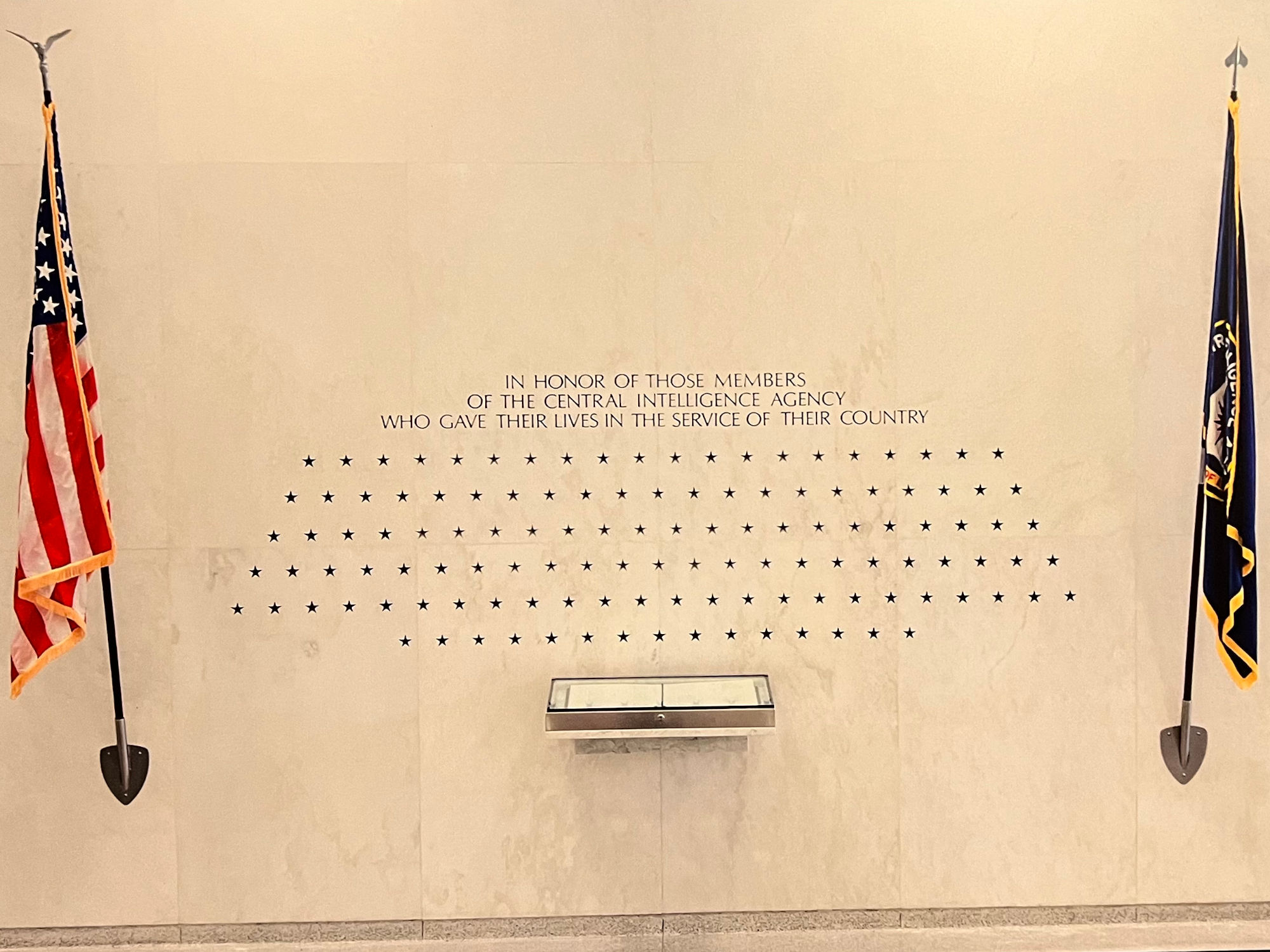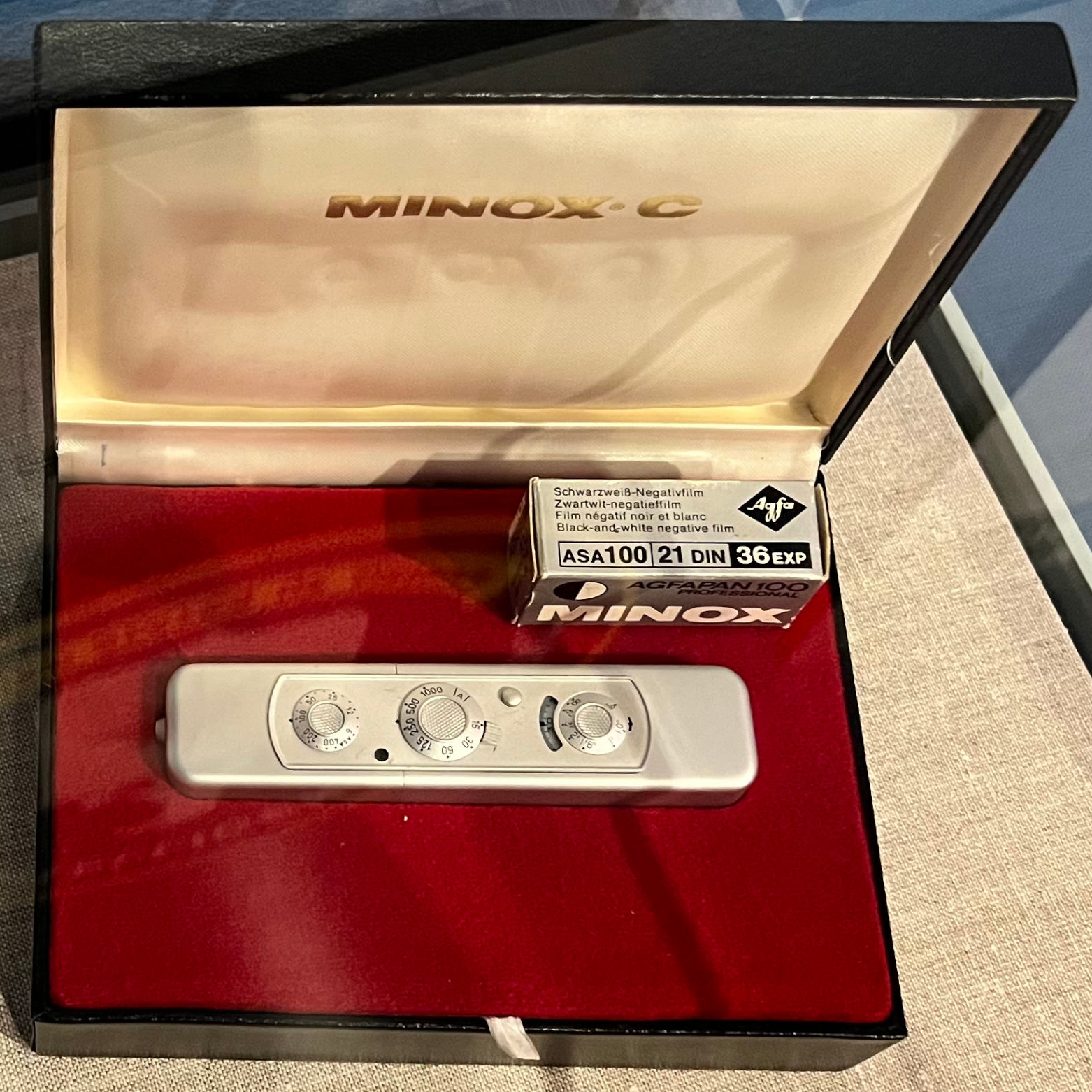One hundred thirty-seven stars are carved into a marble wall at the headquarters of the Central Intelligence Agency.
Each star honors the life and service of a CIA officer who died while engaged in the field of intelligence in the service of our country.
Underneath the stars is a book.
On the pages of the book are inscribed some of the names of those who made the ultimate sacrifice. To protect intelligence sources and methods, certain names remain classified and are not shown in the book.
New CIA officers take their oath of office on their very first day at the Agency in front of the Memorial Wall. This sobering ceremony reminds the new officers of the risks that accompany a career in intelligence.

Nathan Hale
Nathan Hale, a soldier in the Continental Army, answered a summons from General George Washington to spy behind British lines in New York during the American Revolution.
- Captured by the British, Hale was hanged for espionage on September 22, 1776.
His last words have inspired patriots for nearly 250 years:
I only regret that I have but one life to give for my country.
Hale was just 21 years old.
At the end of the war in 1945, President Truman abolished the OSS along with other agencies created during the war. But the need to bring foreign intelligence operations into one agency was apparent.
In 1947, President Truman signed the National Security Act of 1947, establishing the Central Intelligence Agency. The CIA was required to conduct its intelligence gathering efforts outside the United States. It was forbidden from conducting domestic intelligence.
Throughout the Cold War, the CIA played an important role in gathering intelligence from around the world. Its methods were, at times, controversial. But the information it collected in foreign countries helped guide the foreign and military policy of every Cold War-era president.

Memorial Wall
The memorial wall inside the Central Intelligence Agency in Langley, Virginia commemorates CIA agents who gave their lives in the service of the United States.
- In honor of those members of the Central Intelligence Agency who gave their lives in the service of their country

New Star
- An expert craftsman adds a star to the memorial wall inside the headquarters of the Central Intelligence Agency.

Table Radio
- AM/FM rado tuner with a concealed camera hidden behind the speaker, circa 1970.

Minox-C Camera
- The Minox subminiature camera was once known as the world's most widely used sypy camera.

Shaving Cream
- A CIA-issued shaving cream can, circa the 1950s - 19070s.

Rectal Kit
- This black metal pill is a rectal concealment escape tool kit used in the 1960s. It pulls apart to reveal an assortment of tools.

Dead Drop Spike
- The top pulls off to reveal a hidden compartment. Waterproof.

Photo Briefcase
- Tan leather briefcace with hidden Honeywell Pentax camera, mid-late 20th century.







